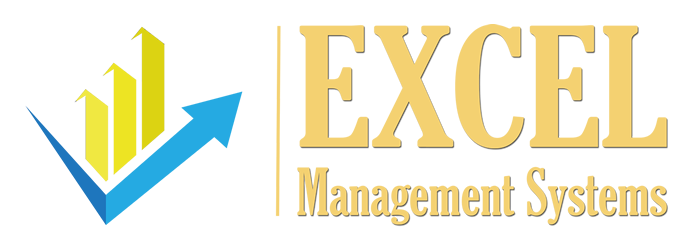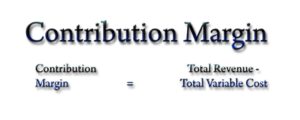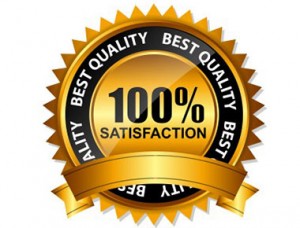Contribution Margin vs. Gross Margin
(Management Accounting vs. Financial Accounting)
This blog is a continuation of the series on How to increase your business value with financial concepts:
- Financially – Part III
Today’s blog will present the concept of Contribution Margin.
This may seem an obvious concept but is often misunderstood. If you reduce business expenses by one dollar, how much net income will increase? (ONE DOLLAR)
Reduce $1 Expense = $1 Net Profit Gain
EXAMPLE: What will happen if your marketing department proposes to the executive team a program estimated to spend $1 million dollars and bring in $2 million revenue? How much net income will you bring in?
The answer depends upon a financial term that is often misunderstood – CONTRIBUTION MARGIN.
Almost all businesses track REVENUE, COST OF GOODS or SERVICES with the resultant – GROSS MARGIN. However, there is a principle called VARIABLE COSTS. A variable cost is one that is a function of revenue. Meaning, when revenue is created; then an expense is triggered. Many hidden variable expenses are accounted for as administration or overhead costs when they are actually tied to revenue and should be categorized as “Variable Expenses”. When all of the variable costs are subtracted from GROSS MARGIN, then a magic number happens called the Contribution Margin (CM).
Most accounting software programs do not calculate the CM. Why is the CM so important? Because when you know the CM percentage then you can calculate the Break-Even for the overall company or any revenue-generating project.
Let us examine some potentially hidden variable costs that may be in fixed costs or the administration/overhead area.
A. A Salesperson’s Commission (salary is a fixed expense). A sales representative income should be booked in two different accounts: Salary (Fixed: Marketing) Commission as a variable marketing expense and should be in the VARIABLE COST section which is subtracted after GROSS MARGIN.
B. Freight/Postage: Some postage is for samples, mailers, regular mail and should be booked as a Fixed Expense – Overhead, but shipping expenses for products should be booked as a product cost of goods sold (Variable Expense).
C. Customer Product Installation
D. Customer Training related to the product sale
E. Warehouse/Production expenses that would not occur if sales did not happen.
Go through your profit and loss statement and examine every expense to see if it is a variable expense component – then account for it properly. Some expenses are part variable and part fixed. These should be booked in the two different accounts.
Why go to the trouble of finding all the variable expenses and determine your contribution margin? An example is in order:
BACK TO EARLIER EXAMPLE: What will happen if your marketing department came to you with a proposal that cost $1 million and they said it would produce $2 million in revenue? Your Gross Margin (GM) is 60%. You might approve the project because in GM theory, the project would make $1.2 million. ($2M x 60% GM = $1.2 GM profit). HOWEVER, what would happen if the real Contribution Margin (CM) were 50%? The proposal would just barely break-even ($2M x 50% CM = $1 million CM). Then the project would be just break-even and be too risky to approve.
Many CEOs have asked why a revenue-generating project with a supposed high GM, that should be making money, is actually losing money. The reason is that the CM is not calculated, nor considered in the project proposal and is lower than the GM.
Once you know the CM, it is a magic number to determine the break-even for the company, division, project, department or another category.
To change a company’s accounting system and booking procedures to a CM basis takes 3-6 months.
Your controller may not like this concept very much because this process takes time to change your accounting system. More bookkeeper work is necessary to make the expense entries. When the credit card bill comes in – if it is part variable and part fixed, then more data entries are required. When the salary check goes out, if it is part variable, and part fixed, more entries are required.
Topics on Financial value increase tools to follow include:
Financial Qualitative Performance
o A/R Days – A/P Days
o Cash Flow
o Valuation Metrics
o Performance Dashboard
Learn more about Business Valuation Principles by Dale S Richards http://a.co/cVsYyNN https://successbiznow.com/books/business-valuation-principles-by-dale-richards
ABOUT DALE S. RICHARDS:
Dale S. Richards specializes in management, marketing, operation optimization & business valuation consulting and is a 30+ year turnaround expert. He has implemented success concepts into results in 150+ companies. Dale is a Certified Valuation Analyst (CVA) with NACVA, Eight-Year Vistage Chair & International Speaker.





